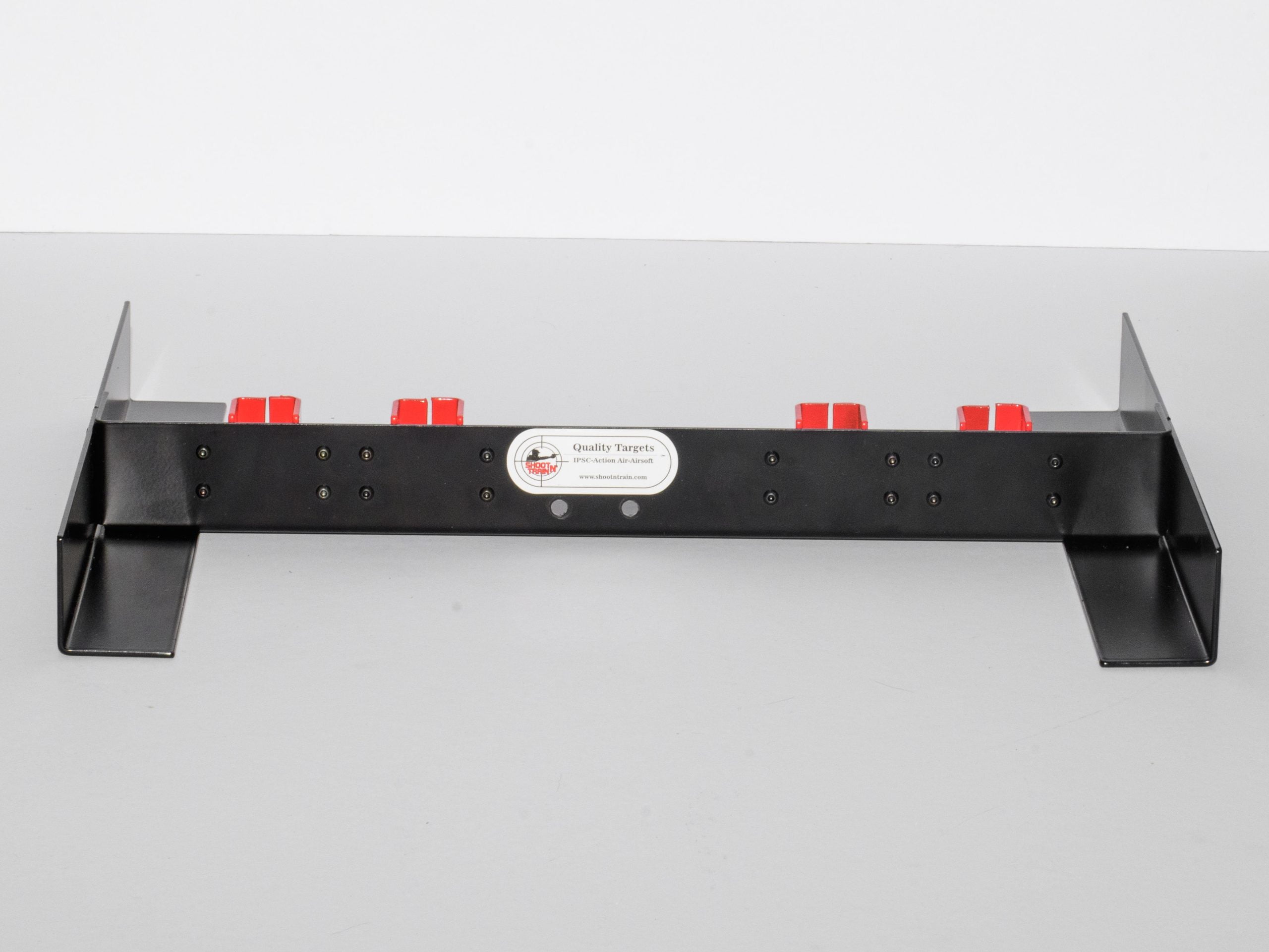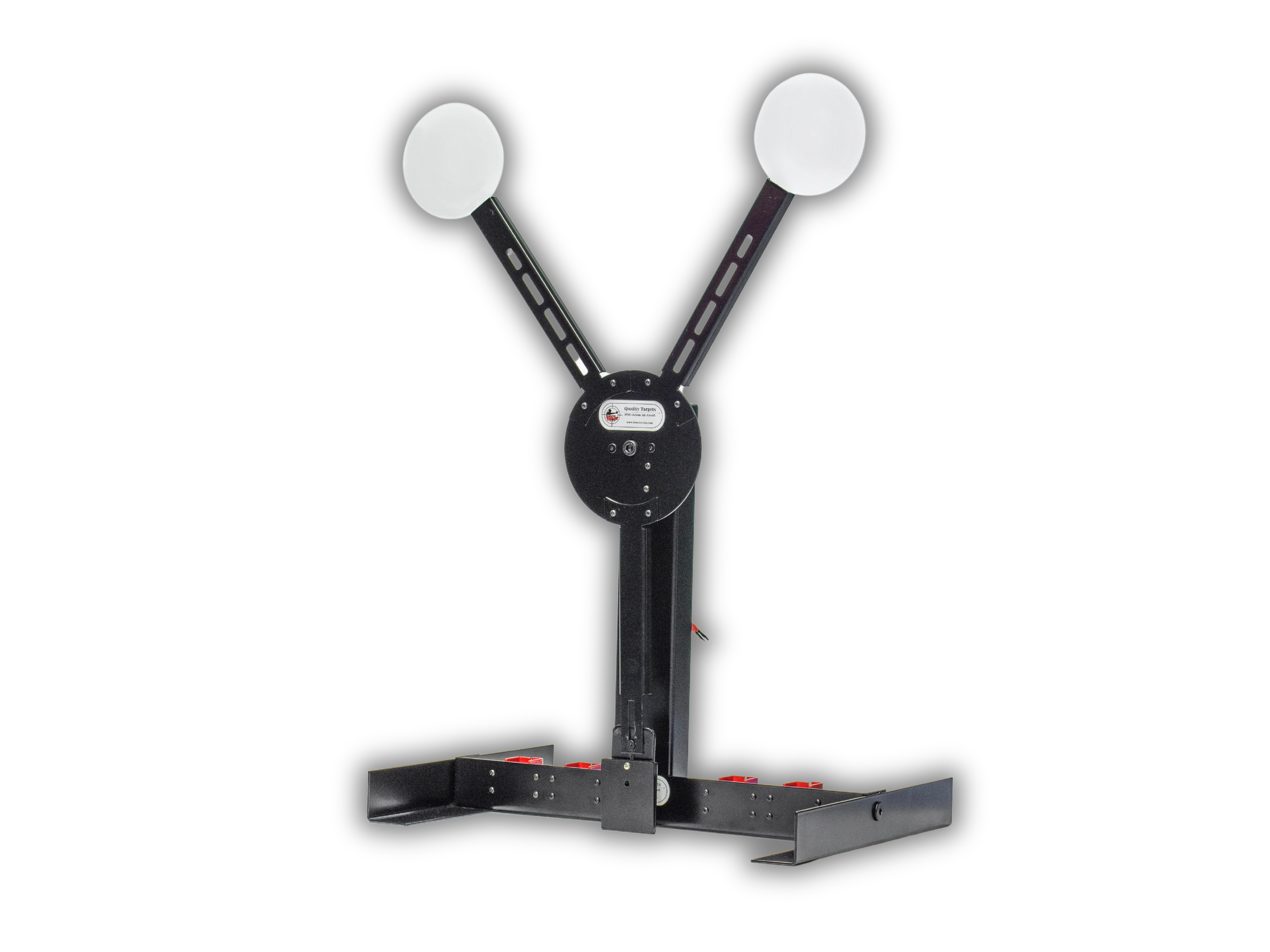Introduction
In IPSC (International Practical Shooting Confederation) competitions, shooters are challenged to engage various kinds of targets while moving through a course of fire. These moving targets include an additional level of trouble and need advanced techniques to conquer. In this short article, we will explore the strategies, devices, and frame of mind needed to master shooting IPSC moving targets. Whether you are a seasoned competitor or a newbie aiming to improve your abilities, these methods will help you navigate the difficulties postured by moving targets.

Conquering Moving Targets: Advanced Strategies for IPSC Training
Understanding the Various Types of IPSC Targets
Before delving into innovative methods, it is important to have a strong understanding of the various kinds of IPSC targets. There are 2 primary classifications: fixed and moving targets.
Stationary Targets
Stationary targets are fixed in one position throughout the course of fire. These can include IPSC cardboard targets or steel plates. Shooters have the advantage of being able to take their time to aim and engage these targets with precision.
Moving Targets
Moving targets, on the other hand, provide a vibrant obstacle. These can consist of poppers, swingers, or bobbers that move horizontally, vertically, or in unpredictable patterns. Shooters need to quickly examine the target's motion and change their objective accordingly.
Choosing Quality IPSC Targets
To effectively train for shooting moving targets in IPSC competitions, it is essential to invest in premium IPSC targets. Shoot N' Train offers a range of resilient and reasonable IPSC cardboard targets designed particularly for training purposes. These targets supply shooters with a practical representation of the obstacles they will experience on the competition field.

Developing Speed and Precision Techniques
Mastering Sight Picture-- Attaining a constant sight picture is essential when engaging moving targets. This includes lining up the front and rear sights effectively and focusing on the front sight for optimum accuracy.
Tracking the Target-- To efficiently engage moving targets, shooters should learn to track the target with their eyes while keeping correct sight positioning. This enables faster target acquisition and engagement.
Lead and Timing-- Forecasting where the target will be when the bullet reaches it is crucial to hitting moving targets properly. Developing a sense of lead and timing comes with practice and experience.
Dynamic Shooting Positions-- Moving targets typically need shooters to engage them from dynamic shooting positions, such as while moving, pivoting, or transitioning between multiple targets. Practicing these positions during training will help construct muscle memory and improve total performance.
Trigger Control-- Preserving correct trigger control is vital for precise shots on moving targets. Shooters should focus on smooth, regulated trigger presses without disturbing their sight picture.
Shot Calling-- Establishing the capability to call your shots properly is essential in IPSC competitions. This involves understanding where your shots are landing as you engage moving targets, enabling you to make adjustments if necessary.
Equipment Factors to consider for IPSC Moving Targets
When it pertains to shooting moving targets in IPSC competitions, having the ideal equipment can substantially impact your performance. Here are some considerations:
Firearm Selection-- Select a firearm that offers excellent ergonomics, recoil management, and reliability. Choose a pistol chambered in a caliber ideal for IPSC competitions.
Optics or Iron Sights-- While iron sights are frequently utilized in IPSC competitors, some shooters prefer red dot sights or holographic optics for faster target acquisition on moving targets.
Magazine Capacity-- Guarantee your firearm has a sufficient magazine capability to decrease reloads throughout stages with several moving targets.
Holster and Magazine Pouches-- Invest in a quality holster and magazine pouches that permit fast and safe and secure access to your gun and extra magazines.
Frequently Asked Concerns (FAQs)
Q: What is the best way to practice shooting moving targets?
A: The very best way to practice shooting moving targets is through committed training sessions that imitate reasonable IPSC situations. Integrate a variety of moving target types, distances, and shooting positions into your training routine.
Q: How can I enhance my precision on moving targets?
A: Improving precision on moving targets needs a mix of correct strategy, practice, and experience. Concentrate on mastering sight image, tracking the target with your eyes, and developing lead and timing skills.
Q: Must I utilize different ammo for shooting moving targets?
A: It is suggested to use ammo with a lighter bullet weight when engaging moving targets. Lighter bullets tend to have less recoil, allowing for much faster follow-up shots and much better target tracking.
Q: Can dry-fire practice assist with shooting moving targets?
A: Yes, dry-fire practice can be beneficial for improving shooting abilities on moving targets. Focus on practicing sight positioning, trigger control, and target tracking without live ammunition.
Q: Are there any specific drills I can integrate into my training for shooting moving targets?
A: Yes, there are various drills you can include into your training. One popular drill is the "Swinger Drill," where you engage a swinging target while variety of competition shooting targets transitioning between several static targets.
Q: How important is psychological preparation when shooting moving targets?
A: Psychological preparation plays a substantial function in shooting moving targets. Developing focus, concentration, and the capability to rapidly adjust to changing scenarios will considerably boost your performance.
Conclusion
Conquering moving targets in IPSC competitors needs innovative techniques, precise strategies, quality equipment, and devoted training. By comprehending the various types of IPSC targets, mastering speed and precision techniques, choosing quality IPSC targets, and buying the best devices, shooters can improve their efficiency and raise their skills to brand-new heights. With practice, perseverance, and a focused mindset, you can conquer the difficulties positioned by moving targets and master IPSC competitors. So gear up, train hard, and aim for success in your next IPSC match!